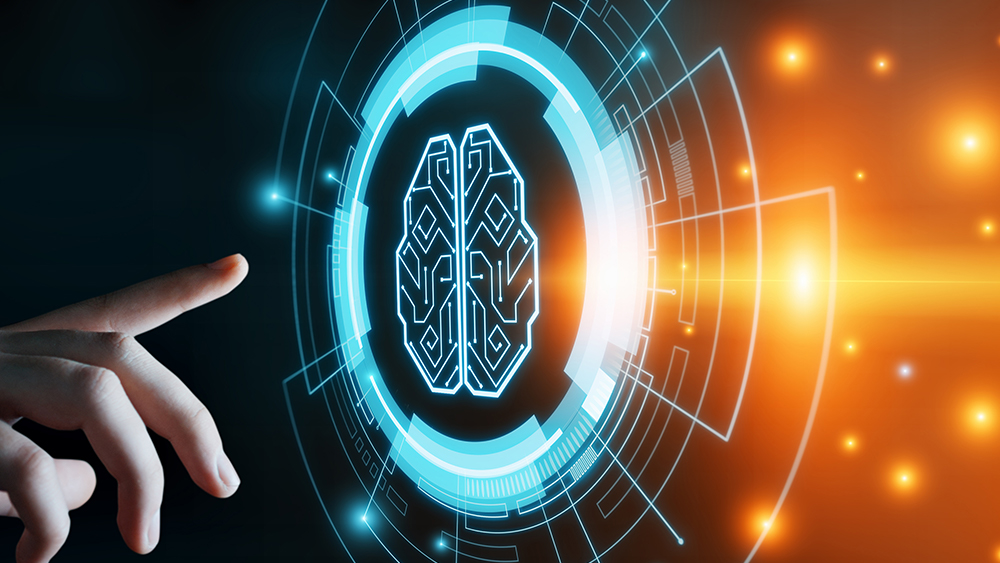
(Article by Noah republished from WLTReport.com)
Commonly known as the ‘God particle,’ the Higgs Boson particle is the first subatomic, element particle that scientists have discovered that does not feature spin along an axis.
Researchers have now discovered that upon decay the Higgs Boson particle can potentially transform itself into different combinations of photons and leptons.
Sometimes the subatomic particle will decay and feature either the same or a neutral charge, while other times the decay leads to subatomic particles of an opposite charge.
Popular Science and Technology YouTube channel “The Secrets of The Universe” broke down the discovery:
Physicist Martin Bauer explained: “Classically a Higgs boson can’t decay into photons: Photons are massless and the Higgs boson only sees massive fields. But in quantum field theory it can interact with massive fields and *they* can interact with photons. Using this detour a Higgs can decay into photons.”
Classically a Higgs boson can't decay into photons: Photons are massless and the Higgs boson only sees massive fields
But in quantum field theory it can interact with massive fields and *they* can interact with photons
Using this detour a Higgs can decay into photons
2/10 pic.twitter.com/KzgD9Y3l3q
— Martin Bauer (@martinmbauer) June 3, 2023
LHC experiments see first evidence of a rare Higgs boson decayhttps://t.co/pcKZTkWYebpic.twitter.com/X5rUvF1Myw
— Interactions.org (@particlenews) May 26, 2023
CERN wrote via Physics.Org:
“Each particle has a special relationship with the Higgs boson, making the search for rare Higgs decays a high priority,” says ATLAS physics coordinator Pamela Ferrari.
“Through a meticulous combination of the individual results of ATLAS and CMS, we have made a step forward towards unraveling yet another riddle of the Higgs boson.”
“The existence of new particles could have very significant effects on rare Higgs decay modes,” says CMS physics coordinator Florencia Canelli.
Talkin’ About History shared a brief synopsis of the Hadron Collider that allowed for the discovery of the Higgs Boson particle in 2012.
On September 10, 2008, Scientists activate the Large Hadron Collider (measuring 17 miles) in Geneva, in the search for the “God particle” associated with a mass-transmitting energy field was the key to how everything in the universe acquires mass. The particle was found in 2012. pic.twitter.com/u3poOAck4F
— Talkin' About History! (@TalkinHistory) September 10, 2023
Space.Com explained further:
The two leptons “hit our calorimeter really close to each other,” Beacham added.
The LHC’s calorimeter is a tool that stops particles coming from a particle collision. Scientists can spot and study these particles when they’re stopped or “absorbed” by the tool.
While scientists have predicted that this type of decay should exist with the Higgs boson, this new detection is “the first hint of evidence of this very rare decay mode of the Higgs boson,” Beacham said.
Read more at: WLTReport.com
Please contact us for more information.






















